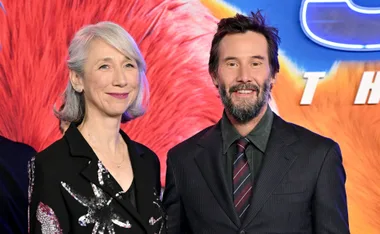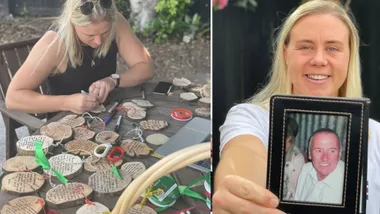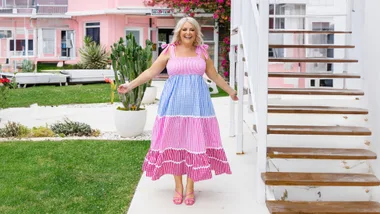Here are our favourite safe and easy home remedies, tips and techniques for the bumps, bruises, scratches and sniffles that come with childhood.
Chickenpox: Ease the itch by letting your child soak in a lukewarm bath for 15 minutes. Add 1/2 cup of bicarbonate of soda or colloidal oatmeal (such as Aveeno, from pharmacies) to provide extra relief.
Conjunctivitis: Boil 500ml of water with one teaspoon of salt and let it cool. Use a sterile eyebath to apply it as an eye wash to remove secretions and crusty material. Placing warm, wet chamomile teabags over your child’s eyes is also very soothing.
In pictures: Ten things not to say to kids
Coughs: An old-fashioned remedy is rosehip syrup — it sweetly coats the throat and is loaded with infection-fighting vitamin C. Slippery elm lozenges (sold online and in health food shops) contain a gel-like substance that keeps coughing to a minimum.
Crying: A lot of fussy babies respond well to a recorded heartbeat. There’s something soothing about the rhythmic thumping that was their piped-in soundtrack for nine months. Even running a vacuum cleaner or clothes drier can calm them down.
Colic: Monitor possible trigger foods that could be affecting your baby through your breast milk — common ones are beans, onions, garlic, or anything spicy. For extra comfort, wrap a hot-water bottle in a soft towel, put it in your lap and let baby lie on it, face down. (Caution: Never leave baby unattended with a hot-water bottle).
Constipation: It’s tough to get kids to eat the high-fibre vegetables that fix a constipation situation. The easiest way is to puree broccoli, cauliflower, pumpkins or carrots and sneak them in spaghetti sauce or hamburger mince.
Cuts and grazes: Children seem to graze their knees almost every day. Vaseline protects grazed skin and keeps scabs soft so that they’re less tempting to pick. To heal cuts faster, try applying calendula cream, sold in health food shops and pharmacies.
Earache: Put two or three drops of warm olive oil in the child’s ear. Warm oil bottle by standing in a bowl of hot water for 5 minutes, and test the oil against your skin before putting it in the ear — it should be body temperature. (Caution: Never use drops if you suspect the eardrum may be ruptured, which is usually indicated by a discharge).
Head lice: Essential oils can kill lice and soothe itching. One effective combo is 20 drops tea tree oil, 10 drops rosemary oil and 15 drops each thyme and lavender oil mixed into 4 tablespoons of olive oil. Rub mixture into dry hair, cover with a plastic shower cap. After an hour, shampoo well and rinse.
Heat rash: Apply cooling aloe vera gel to affected skin two or three times a day, washing the skin before each application. Calamine lotion can also help. Mouth ulcers: Have your child munch a chewable antacid. The niggling pain is caused by acids and digestive enzymes eating into the tissues in the sore, and the antacid will neutralise them. Do not exceed the recommended dose for children.
Nappy rash: Use an ointment with zinc oxide, which has weak antiseptic properties and provides a barrier between your baby’s skin and the moisture that irritates it. If you want to use a powder, use cornflour, which has no irritating additives.
Related: Secret super-fruits
Separation anxiety: Leave something of yourself. Whether it’s something personal, like a piece of jewellery or article of clothing, or start a project that you promise to finish when you return to send the message, “I’m coming back”.
Your say: Do you have any home remedies for childhood maladies?
Video: Salt therapy
Newsletter conversion description. Get the latest in your inbox.











































































